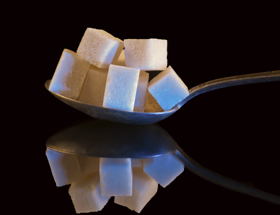PRODUCTS
Cold Light Mirrors
General Info
Reflection of visible light (VIS) while passing the thermal radiation (IR), is a further possibility of a phenomenon such as a reduction of heat generated at the illuminated object.Our filter fulfills this task:
KR3
The angle of light incidence 0° – 45°
Rmax ≥ 90 % – 420-650 nm on borofloat glass substrate
Cold mirrors with a lesser degree of partial reflection and at the same time a neutral reflection in visible light VIS:
M3 Rmax ≥ 70% in the 450 – 600 nm
M1 Rmax ≥ 40% in the 400 – 650 nm
Cold mirrors of this type are usually used as a decorative element to the interior design.
Cold light mirrors are multiple-coated, dielectric mirrors with high visible light reflection and high IR radiation transmission capabilities. Specially designed reflectors are also available on tubes and tube sections.

